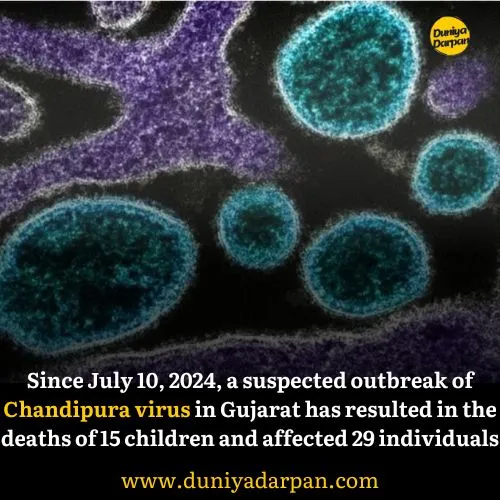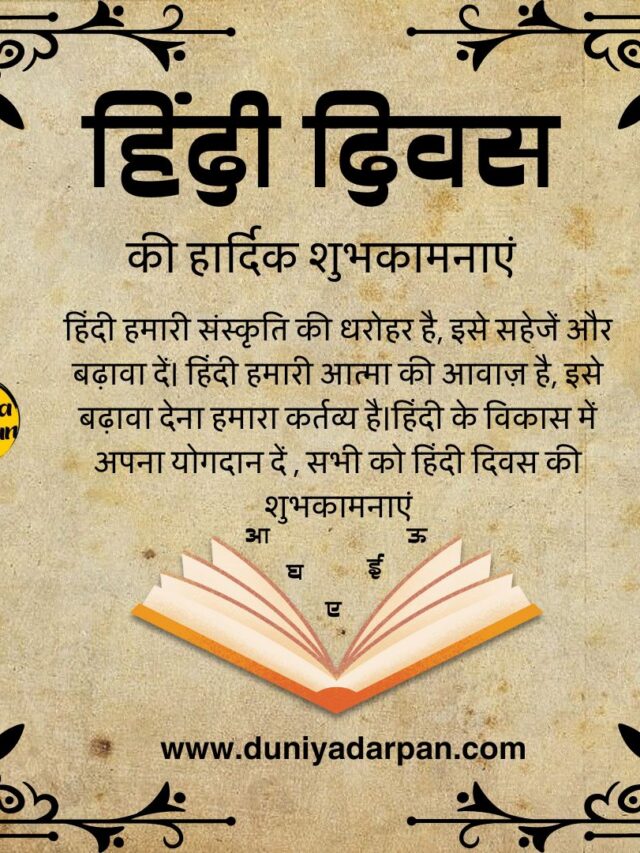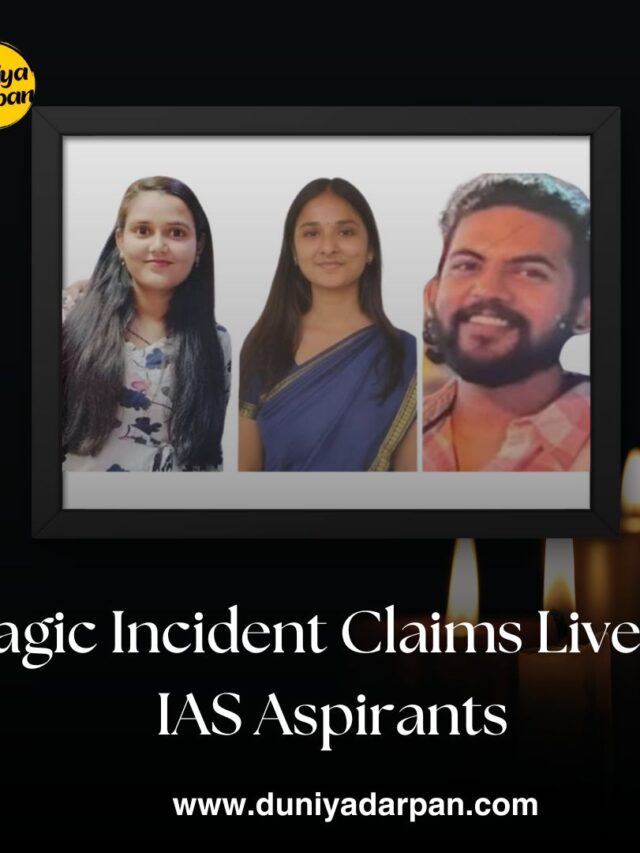Chandipura Virus: Symptoms, Transmission, and the Recent Outbreak Impacting Children in Gujarat
The Chandipura virus, a member of the Vesiculovirus genus within the Rhabdoviridae family, was first identified during an outbreak in 1965 in Chandipura village, Maharashtra. It primarily affects children and is known to cause severe febrile illness and acute encephalitis, which can lead to serious outcomes, including coma and death.
Transmission and Symptoms
The virus is transmitted by vectors such as mosquitoes, ticks, and sandflies. Common symptoms include high fever, convulsions, and altered sensorium. In severe cases, the infection can progress rapidly, leading to encephalitis and potentially fatal outcomes.
Since July 10, 2024, a suspected outbreak of Chandipura virus in Gujarat has resulted in the deaths of 15 children and affected 29 individuals. The name of the virus after the village of Chandipura in Maharashtra, primarily affects children and is transmitt through vectors such as sandflies and certain mosquito species. Symptoms include high fever, seizures, vomiting, and in severe cases, encephalitis, which can lead to death within 24-48 hours. Currently, there is no specific antiviral treatment or vaccine available for Chandipura virus, so supportive care and preventive measures are crucial to manage the outbreak
Recent Outbreak
Recently, an outbreak in Gujarat resulted in the deaths of six children in the Aravalli and Sabarkantha districts. As of the latest reports, there are several suspected cases under investigation in various districts of Gujarat. The state health department has initiated extensive surveillance and preventive measures, including insecticide spraying and public health screenings to control the spread of the virus.
As of July 2024, the Chandipura virus has led to multiple suspected cases and deaths in Gujarat, India. The virus, transmitted by mosquitoes, ticks, and sandflies, causes fever, flu-like symptoms, and acute encephalitis (inflammation of the brain).
To diagnose Chandipura virus infections, blood samples from the affected children have been sent to the National Institute of Virology (NIV) in Pune for confirmation. Health authorities are conducting intensive surveillance and preventive measures in the affected areas, including dusting to kill sandflies
Public Health Measures
Health authorities are advising caution but not panic. Early detection and prompt medical treatment are crucial. The Gujarat health department is working to prevent further spread through intensive vector control measures and community awareness programs.Currently, there is no specific antiviral treatment for Chandipura virus. Management focuses on supportive care to relieve symptoms and prevent complications. Preventive measures include controlling vector populations and avoiding bites from mosquitoes, ticks, and sandflies.
Follow us for more on social media







One thought on “Chandipura Virus: Symptoms, Transmission, and the Recent Outbreak in India”